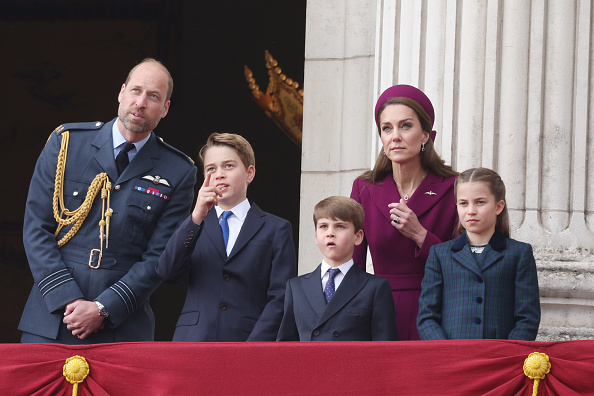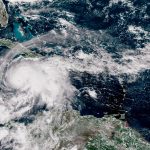VE Day, short for Victory in Europe Day, marks the end of fighting in Europe during World War Two. On 8 May 1945, British Prime Minister Winston Churchill announced on the radio that Germany had surrendered, bringing peace to Europe after years of war.
Each year, VE Day is remembered not only in Europe, but also in countries around the world. People honour the bravery and sacrifice of those who served, with ceremonies, poppies, and moments of reflection.
Churchill’s announcement followed the surrender of German forces in Reims, France. Celebrations quickly spread across the UK and beyond, with street parties, cheering crowds, and church services. Though there was great joy, many also felt sorrow as they remembered the millions who had died.
In London, huge crowds gathered outside Buckingham Palace. King George VI and his family appeared on the balcony to wave to the cheering public. Among them were Princess Elizabeth—who would later become Queen Elizabeth II—and her sister Princess Margaret. The two young royals secretly joined the crowds that evening to celebrate, with Princess Elizabeth wearing her army uniform from her wartime service as a driver and mechanic.
Although Europe was at peace, the war continued in Asia. Japan had not yet surrendered, and Allied forces remained in battle. World War Two finally ended on 15 August 1945, known as VJ Day—Victory over Japan Day—after the surrender of Japan following the atomic bombings of Hiroshima and Nagasaki.
Germany actually surrendered twice. The first surrender was signed in France, but Soviet leader Joseph Stalin requested a second ceremony in Berlin. Because of the time difference, Russia celebrates its victory on 9 May.
Poppies, a symbol of remembrance, are often worn to honour those who died in war. While usually seen on Remembrance Sunday in November, many people also wear them on VE Day to remember the end of the war in Europe and the sacrifices made by so many.














I think that this is great news because now Peppa can learn to take care of a baby better. She can also learn to be more sensible and responsisble now!
It’s funny about Peppa pig’s mom being pregnant
This will be great because there will be a new character I wonder what it’s name will be
im happy for mummy pig🐽